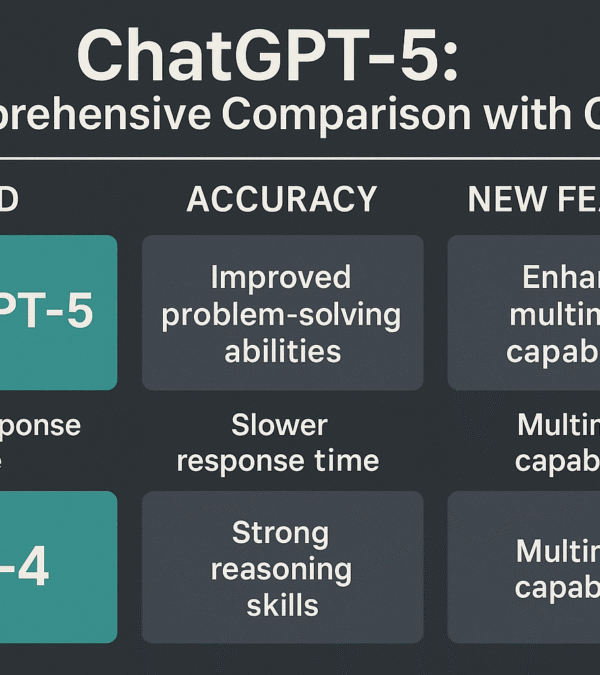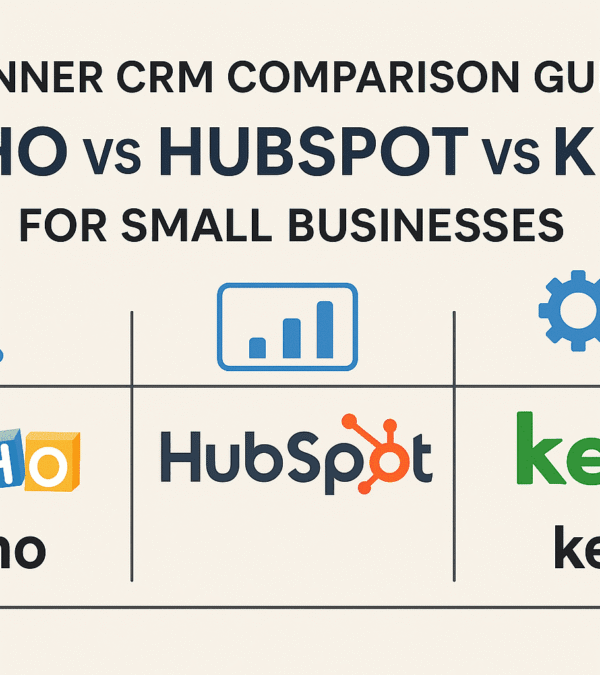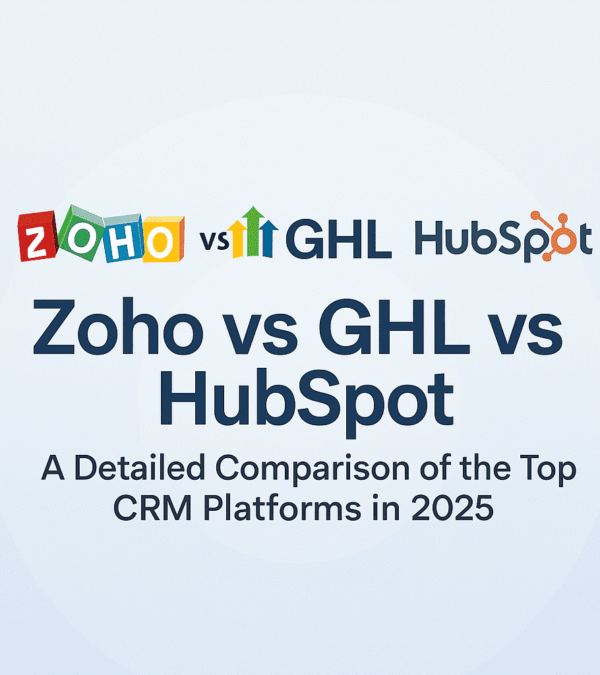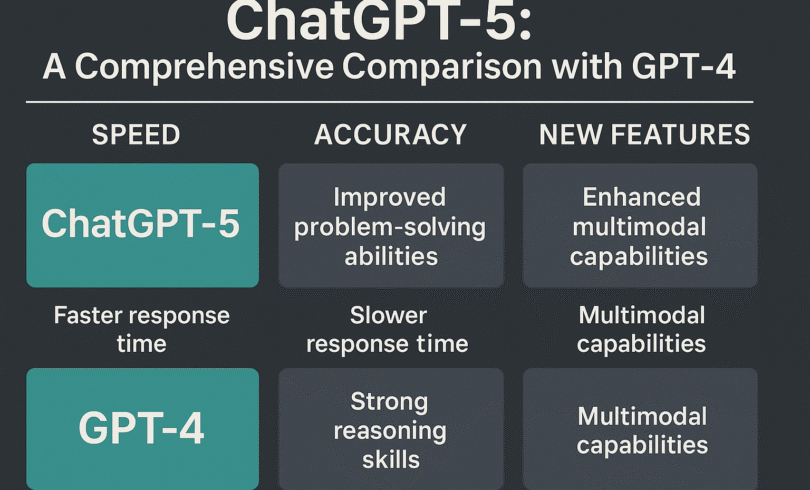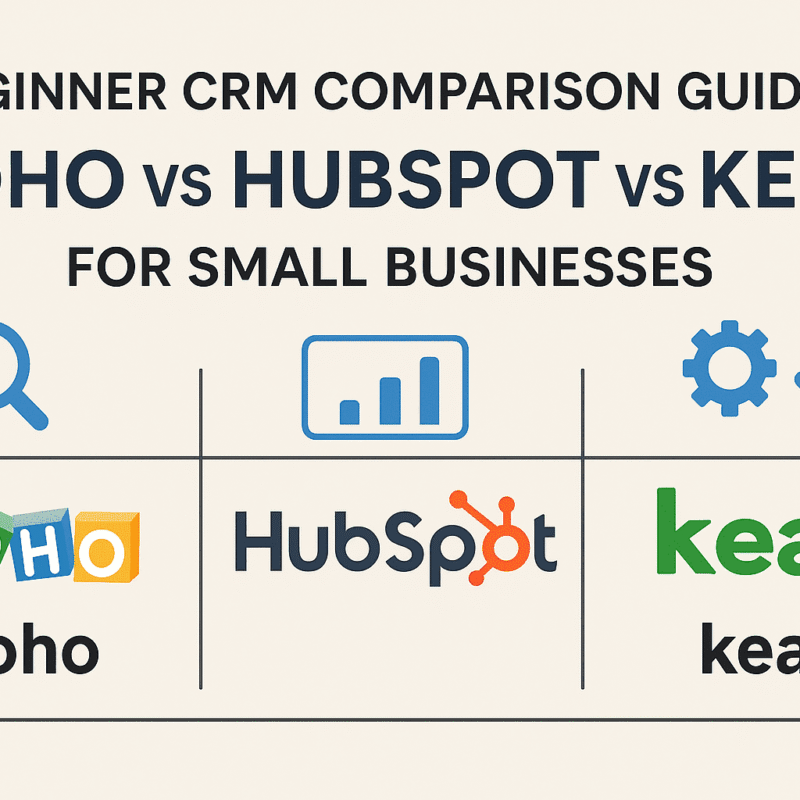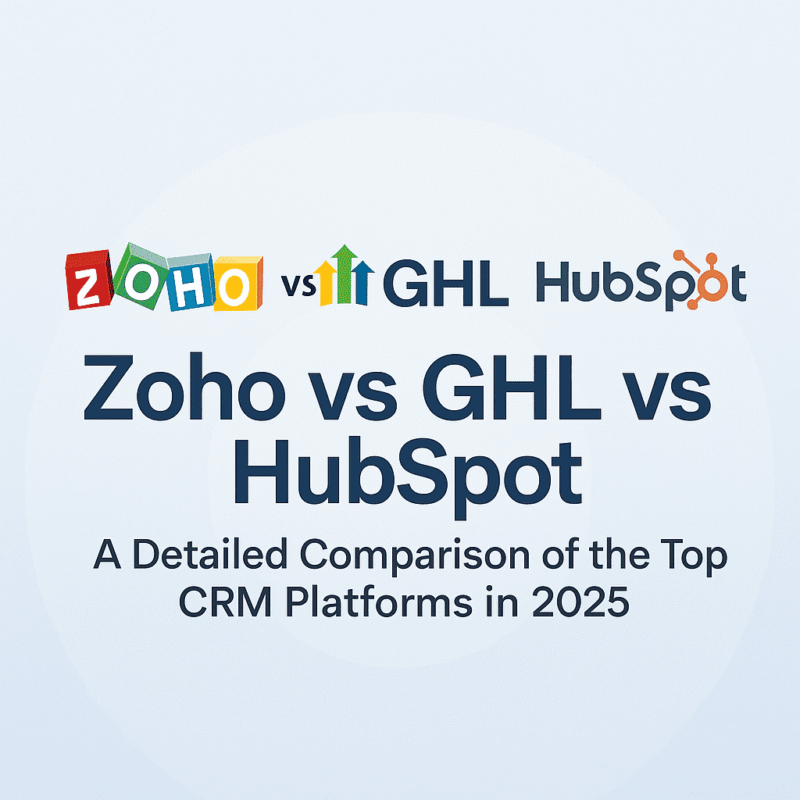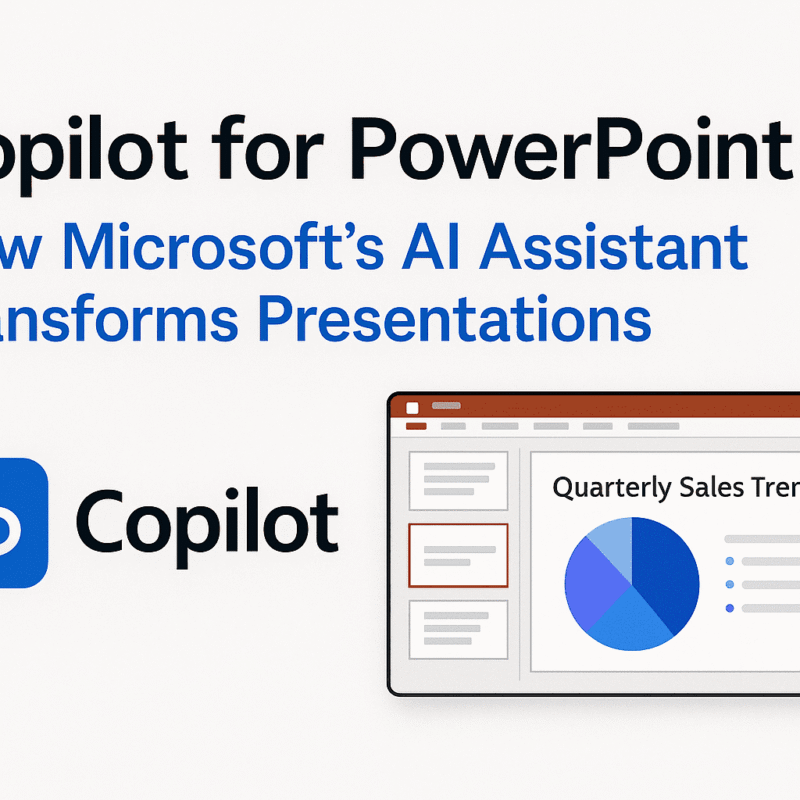Optimize Your Website for Google’s Search Generative Experience (SGE)
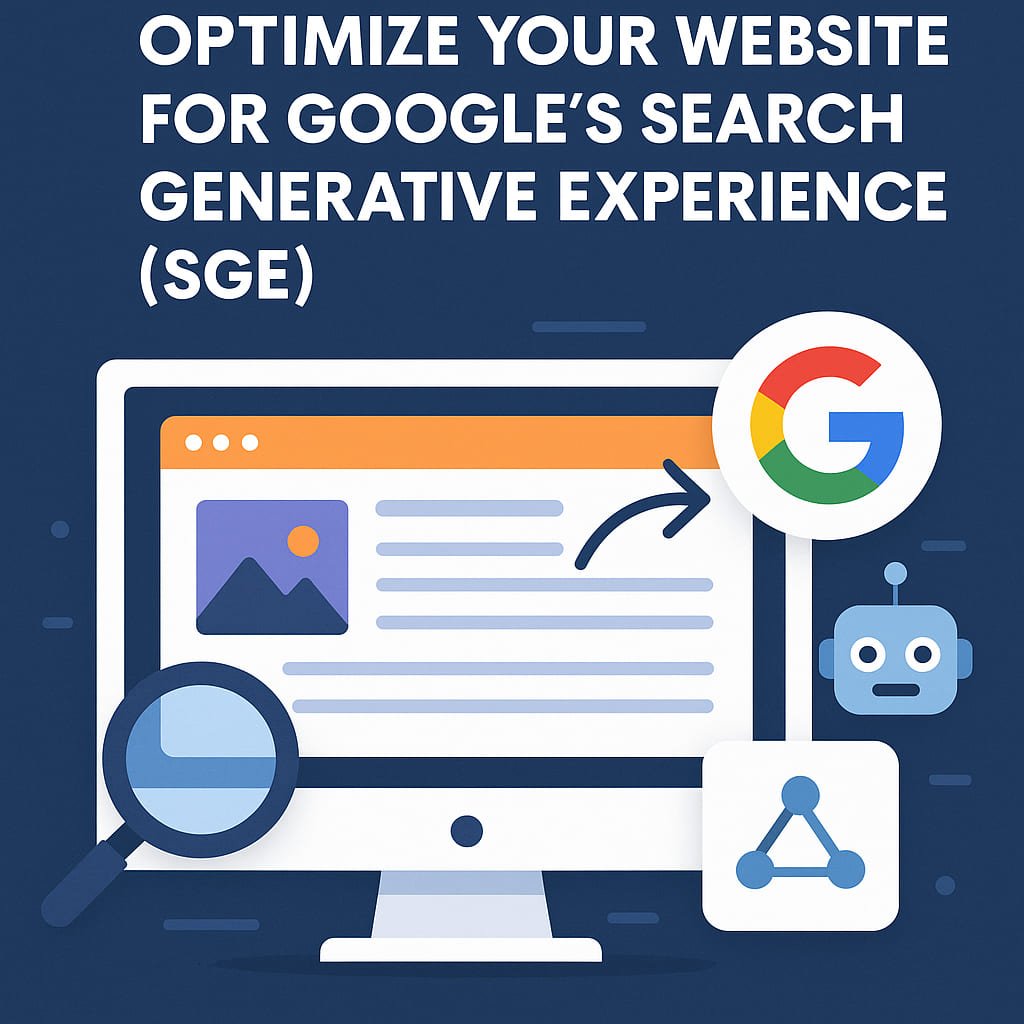
How to Prepare Your Website for Google’s Search Generative Experience (SGE)
Google’s Search Generative Experience (SGE) is transforming the way users interact with search engines. By incorporating generative AI into search, Google now offers users direct answers, summaries, and deeper context—all within the search results. This means traditional SEO tactics alone are no longer enough. If you want your website to remain visible and competitive, adapting to SGE is essential.
In this comprehensive guide, we’ll walk you through everything you need to prepare your website for Google’s SGE. This post will take approximately 10-15 minutes to read, and by the end, you’ll have a practical action plan to get your website SGE-ready.
What is Google’s Search Generative Experience (SGE)?
SGE is Google’s new AI-powered search feature that uses generative AI to create more intelligent and comprehensive answers directly in the search results. Instead of listing links only, SGE provides a conversational summary, citing multiple sources and enhancing user experience with interactive and contextual content.
Learn More:
Why Does SGE Matter for SEO?
SGE can impact your click-through rates (CTR), rankings, and visibility. If your content is not optimized for AI-generated summaries, it may not appear as a cited source in the SGE module. To stay relevant:
- Focus on topical authority
- Use clear and concise language
- Provide structured and trustworthy content
Steps to Prepare Your Website for Google’s SGE
1. Strengthen Your EEAT (Experience, Expertise, Authoritativeness, Trustworthiness)
SGE favors content from authoritative and trustworthy sources.
Actionable Tips:
- Add author bios with credentials
- Link to authoritative sources
- Use HTTPS and display contact information clearly
2. Structure Your Content for AI Readability
Generative AI needs clearly organized information to summarize effectively.
Use:
- Bullet points, numbered lists, subheadings (H2, H3)
- Clear summaries at the beginning and end of posts
- Concise answers to common questions (great for featured snippets)
3. Use Structured Data (Schema Markup)
Structured data helps Google understand the context of your content.
Must-Have Schemas:
- Article
- FAQPage
- Product
- HowTo
Tool to Use:
4. Create Content That Answers Intent-Based Queries
Think like your user. What questions would they ask?
For Example:
- How do I optimize my website for AI search?
- What is Google SGE and how does it affect SEO?
Answering such queries in a conversational and insightful way helps your site get cited in AI-generated responses.
Resource:
5. Improve Your Page Speed and Mobile Optimization
SGE may prioritize sites that load fast and offer excellent user experience.
Tools to Use:
6. Leverage Multimedia and Visual Aids
AI results may show thumbnails, charts, or other visual cues. Use optimized images with alt-text and descriptive filenames.
Best Practices:
- Use original images
- Compress images to reduce load time
- Name files meaningfully (e.g., optimize-for-google-sge.jpg)
7. Maintain Fresh and Updated Content
SGE looks for up-to-date information. Regularly update your articles with new stats, tools, and references.
Use tools like:
- Google Trends
- BuzzSumo to discover trending topics
8. Focus on Topical Authority Over Random Keyword Targeting
Instead of targeting scattered keywords, create in-depth content clusters around a specific topic to become the go-to source.
Example: Create a hub around “AI SEO” including:
- What is AI SEO?
- How to optimize for AI search?
- Tools for AI-based keyword research
Additional Learning Resources
Final Thoughts
The era of generative AI in search is already here, and the websites that adapt first will have a clear advantage. By improving EEAT, embracing structured content, focusing on user intent, and making your site technically sound, you position your site for visibility in Google’s SGE.
Start with one step at a time, and gradually build your content and SEO around the evolving landscape of AI-driven search.
“The best time to optimize for SGE was yesterday. The second-best time is now.”
